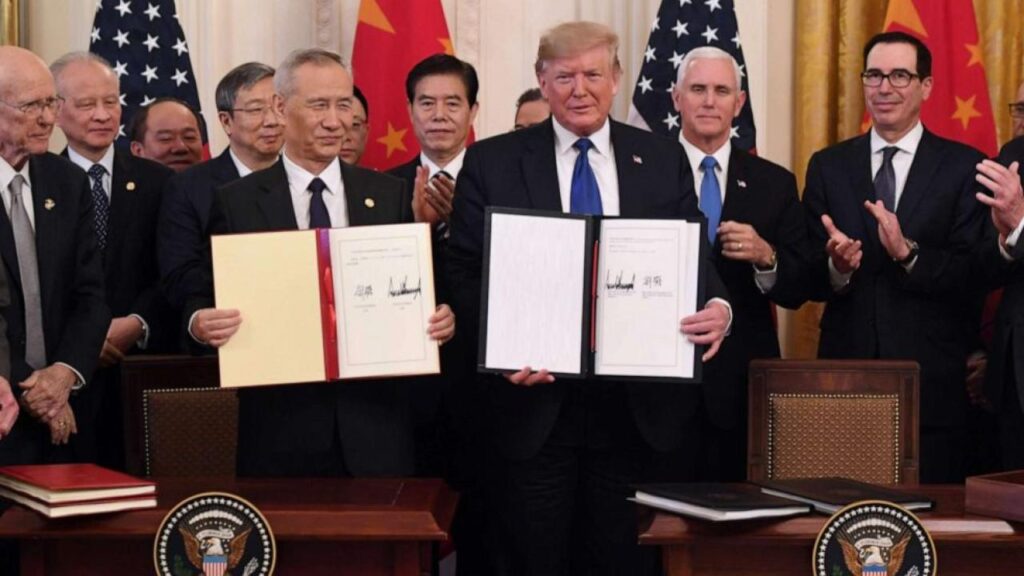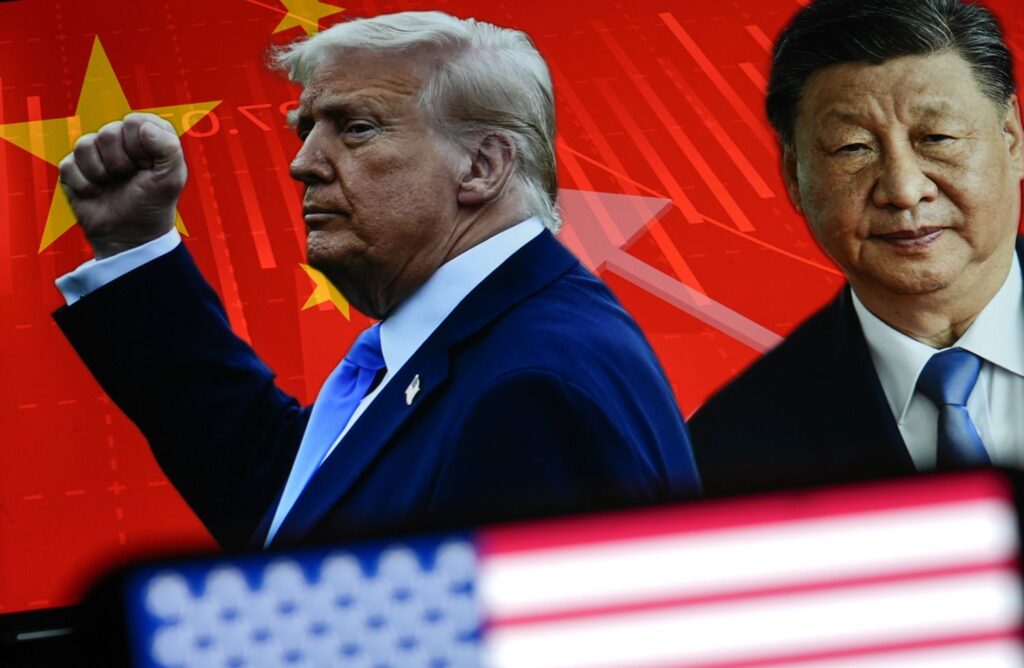In a characteristically bold move, former President Donald Trump announced Tuesday that “our deal with China is done” touting a fresh breakthrough in trade talks. But if you look closely, this so-called deal may be less groundbreaking than it sounds—and possibly not a done deal at all.

Trump Declares ‘Our Deal with China Is Done’
| Insight | Why It Matters |
|---|---|
| Tariffs remain largely unchanged | The U.S. keeps a 55% tariff rate; critics say it rebrands existing levies without offering relief. |
| Rare-earth access is short-term | China agrees to six months of rare-earth exports, keeping the door open to future restrictions. |
| Deal not signed—approval pending | Trump says it’s “subject to final approval” from both leaders. |
| Experts call it modest | Wilbur Ross says it falls short of a comprehensive agreement. |
Trump’s latest China deal sounds bold but doesn’t break new ground. Tariffs stay high, rare-earth access is brief, and nothing is finalized. It may stabilize trade tensions for now, but the future hinges on actual signatures—and real substance.
Beyond the Headline: What Trump Actually Said
Here’s the exact quote that set off the news cycle: “Our deal with China is done, subject to final approval with President Xi and me… Full magnets and any necessary rare earths will be supplied up front by China… We are getting a total of 55% tariffs; China is getting 10%. Relationship is excellent!”
But Chinese state media has so far confirmed only that the two sides reached “a preliminary understanding,” emphasizing ongoing evaluations—without committing to numbers or timelines.
What the Deal Really Means
Tariff Smoke and Mirrors
The “55% tariffs” Trump references aren’t a new levy but rather a consolidation of existing tariffs, including those implemented during his previous administration. Economists argue that the structure remains virtually unchanged, meaning American companies and consumers are unlikely to see price relief. “It’s more a reframing than a rollback,” noted one trade analyst.
Rare-Earths: A Temporary Reprieve
Perhaps the most concrete term in the announcement is China’s promise to supply rare-earth elements to the U.S.—but only for six months. Rare earths are essential to everything from smartphones to fighter jets, and China currently controls over 80% of global output.
A Deal Without a Signature
Trump himself admitted the agreement still needs final approval from Chinese President Xi Jinping, which in past negotiations has been a major stumbling block. Former Commerce Secretary Wilbur Ross reminded reporters that previous deals often unraveled at the final stage.

Context: Part of a Bigger Push
The announcement is part of Trump’s “90 Deals in 90 Days” campaign promise. So far, only the outlines of trade frameworks with China and the U.K. have been revealed. With the self-imposed deadline looming, analysts suggest Trump may be repackaging old policies for new headlines.
What This Means for Americans
Business owners hoping for relief from high tariffs will be disappointed—nothing changes immediately.
Tech firms that rely on rare earths may get a short-term break, but long-term security remains uncertain. Consumers shouldn’t expect price drops at checkout until something more substantial is signed, sealed, and enforced.
From the Field: My Take
As someone who’s reported on trade deals from Washington to Shanghai, this has all the markings of a political maneuver—not a binding economic reset. We’ve seen this movie before: a flashy rollout, followed by weeks (or months) of quiet renegotiation. If history is any guide, this “deal” might be more of a draft.






